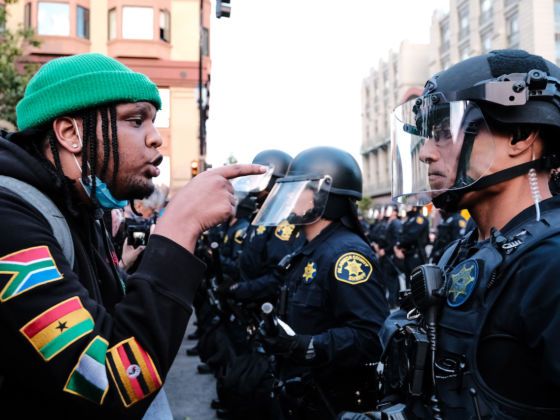1. The #OscarsSoWhite movement reminds us that in Hollywood, we’ve always celebrated the same stories and same faces for years.
At the 2016 Oscars, all twenty actors nominated for the lead and supporting roles were white. This hadn’t happened since 1998, but in many ways, it wasn’t surprising: in the 88 years of the Academy Awards, Oscars for acting have been give to only 14 black actors, only 5 Latino actors (none in the last fifteen years), only three Asian-American actors (none in the last thirty years), and only one indigenous actor winner (in 1972).
